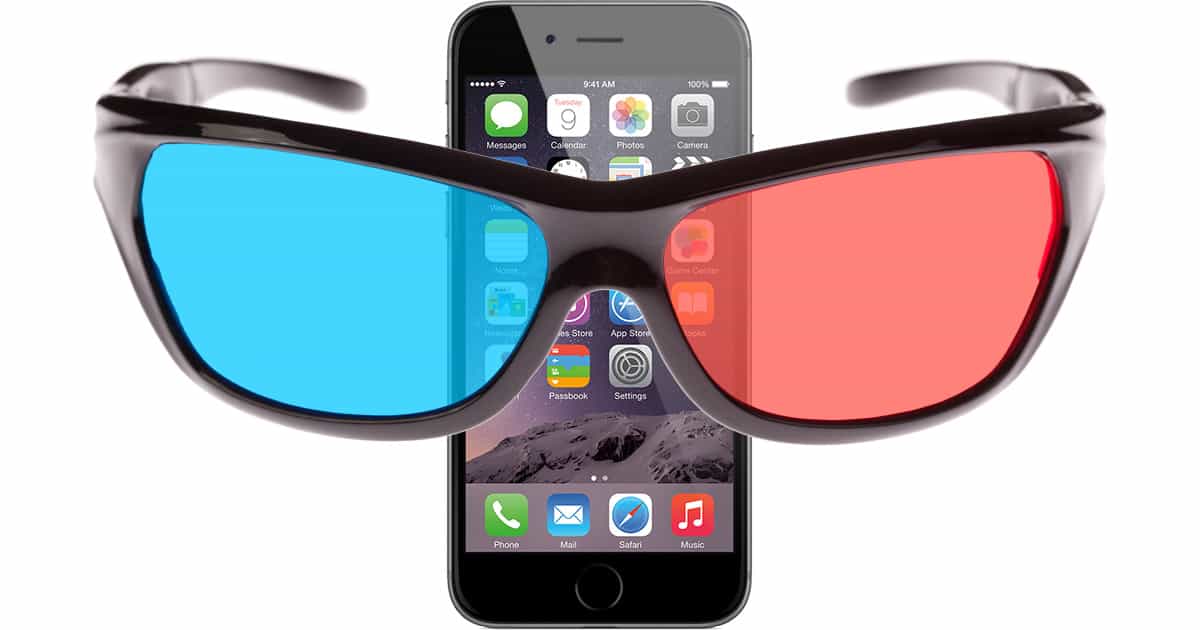Apple’s 2017 iPhone refresh may sport dual-camera 3D photo support based on LG Innotek camera technology. That sounds pretty cool and could be a sign Apple is ready to add adjustable depth of field and 3D image support to the iPhone lineup.

The Korea Economic Daily reports Apple and LG have been working together on 3D camera technology for smartphones. Insider sources speaking with with KED said,
Apple is now studying how to apply its 3D camera technology into LG Innotek’s smartphone camera. Since LG Innotek also has its own 3D camera and related technologies, such joint efforts will likely to bear fruit sometime within next year.
The logic path for iPhone 3D photos goes something like this: Apple bought LinX in 2015, and LG is providing the dual camera system for the iPhone 7 Plus. LG’s dual cameras can be tied to LinX’s photography technology, therefore Apple and LG are developing 3D cameras for the iPhone.
That’s possible but not a sure thing, and we need to take a look at LinX to understand why. LinX developed technology that determines the depth of objects when a photograph is taken which lets users set the target focus area after an image is taken. The image map it creates can also be the foundation for snapping photos that appear to have actual depth—in other words, 3D images.
Diving into 3D iPhones
3D images aren’t, however, the same as holograms. The photos Apple can make with its LinX technology will create a sense of depth going into the photo, and tilting the image will likely create a parallax effect where closer elements appear to move across image points that are farther away. This won’t be like an image you can spin around and see all of its sides as if you were on a Holodeck from Star Trek.
The 3D aspect for photos will have a definite “wow” factor because it’s easy to see and a compelling draw for potential iPhone buyers and upgraders. The more useful feature, however, will be the ability to adjust focus on a specific area after snapping a photo. It’ll be a great way to salvage out of focus shots, and make good shots even better by letting users set exactly what’s in focus.
Since the technology requires dual camera lenses, don’t expect to see this show up on the 4.7-inch iPhone. Instead, this will be another “Plus” feature that’s available only on the 5.5-inch model.
That’s bad news for everyone who prefers the smaller screen size, but in line with the company’s iPhone routine: the bigger model always gets the cool new camera features. The iPhone 7 Plus, for example, sports dual cameras and optical image stabilization. In comparison, the iPhone 7 finally got optical image stabilization two years after the Plus models but still sports a single camera lens.
Apple isn’t talking about its plans for the 2017 iPhone models, but analysts are expecting some big changes because this will be the iPhone’s 10th anniversary. Curved glass displays and wireless charging are already rumored for the new models, and 3D photo support would be a nice addition to that feature set.
Apple typically releases new iPhones in September, so we’re still almost a year out from an official announcement. Until then, we’ll just have to make due with our waterproof Lightning port headphone models.